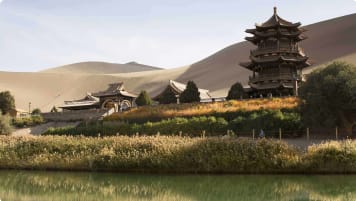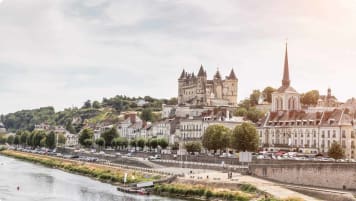Highlights of Pakistan | Lahore Fort
Lahore Fort is the main attraction in Lahore's old walled city, housing the marble palaces, mosques, and lush gardens from the city's golden age under the Mughal dynasty, when Lahore became the place of royal residence.
16 Jan 20 · 3 mins read

Highlights of Pakistan | Lahore Fort
The Lahore Fort is a citadel located in the northern end of the Walled City of Lahore. Spread over 20 hectares, Lahore Fort is the main attraction in Lahore’s old walled city, housing the marble palaces, mosques, and lush gardens from the city’s golden age under the Mughal dynasty, when Lahore became the place of royal residence.
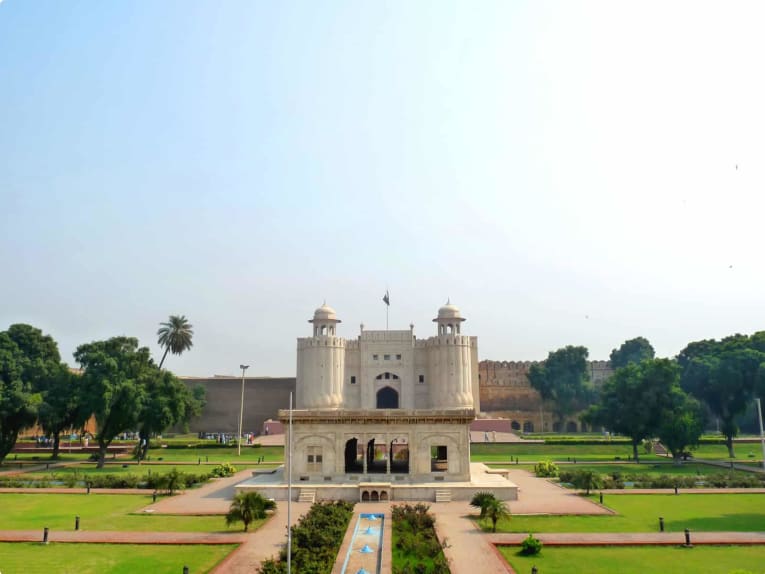
A UNESCO World Heritage Site since 1981 along with the nearby Shalamar Gardens (also spelled Shalimar), the Lahore Fort is located roughly 380 kilometres from the Pakistani capital city, Islamabad. Little is known of the city of Lahore prior to the Muslim period. Muslim raids by Arabs began in the 7th century and became more significant in the 12th century under the Turks. Around the 11th century, historical records say a mud fort was built on the site of the Lahore Fort under the reign of the Ghaznavid dynasty, during which Lahore served as the dynasty’s capital. The mud fort, along with most of the city, was destroyed during a Mongol attack in the 12th century.
Over the years, the fort was rebuilt, destroyed, and rebuilt again. In 1524, Lahore was captured by the troops of the Mughal Babur. The Mughal Empire was an immensely successful Muslim empire of Turkic-Mongol origin. Its rulers controlled the entire subcontinent of India from the 16th to the mid-19th century. The present-day form of the Lahore Fort dates from 1575, when the Mughal Emperor Akbar the Great occupied the fort, rebuilt with stone, to guard his empire’s northwest frontier.
Succeeding Mughal rulers added palaces and gardens and greatly expanded the citadel. Emperor Jahangir added the Kala Burj pavilion, striking for its European-inspired angels. Jahangir was said to have been attracted to Christian themes, and paintings of the Madonna and Jesus were added to the fort during his reign, alongside images from Persian mythology. His massive Picture Wall decorated with ornate mosaics is definitely a sight to behold.
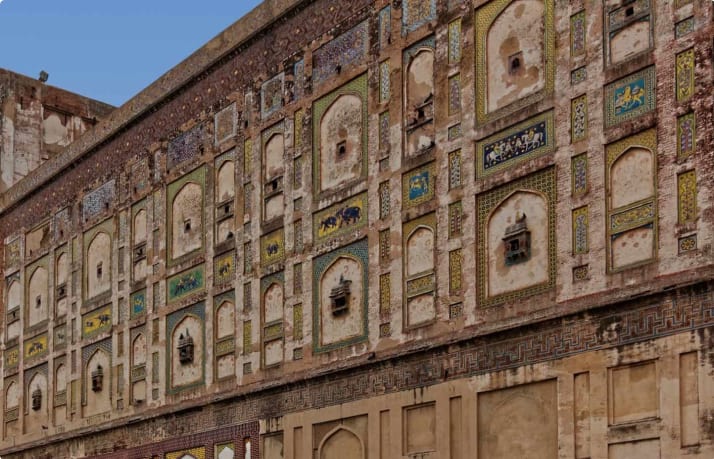
Shah Jahan was an avid supporter of art and architecture, and his monuments–such as the Taj Mahal in India and the Sheesh Mahal inside the Lahore Fort–are still admired today. Shah Jahan’s beautiful palace, Sheesh Mahal (Palace of Mirrors), is located within the Shah Burj quadrangle, made from luxurious marble. Other monuments commissioned by Shah Jahan were the Pearl Mosque (Moti Masjid), for the exclusive use of the women of the royal household, and the Diwan-i-Aam (Hall of Public Audience), where the emperor would appear for his daily public appearance.
The Royal Kitchen, located behind the main gate of the fort, was constructed also during the reign of Shah Jahan. Historians and architects say the structure seen today is only the uppermost storey of the building added during British occupation, with the original kitchens buried below. The Walled City of Lahore Authority says it will be turned into a night cafe.

Later additions to the Lahore Fort, such as the Naulakha Pavilion, came from the Sikh era. Its name (“nine lakh“, 900,000) might have referred either to the price to build it, or the number of semi-precious stones that adorn its walls.

Access to the fort is through its western side through the colossal Alamgiri Gate, built by Aurangzeb in 1674 as a private entrance to the royal quarters, wide enough for several elephants to pass through.
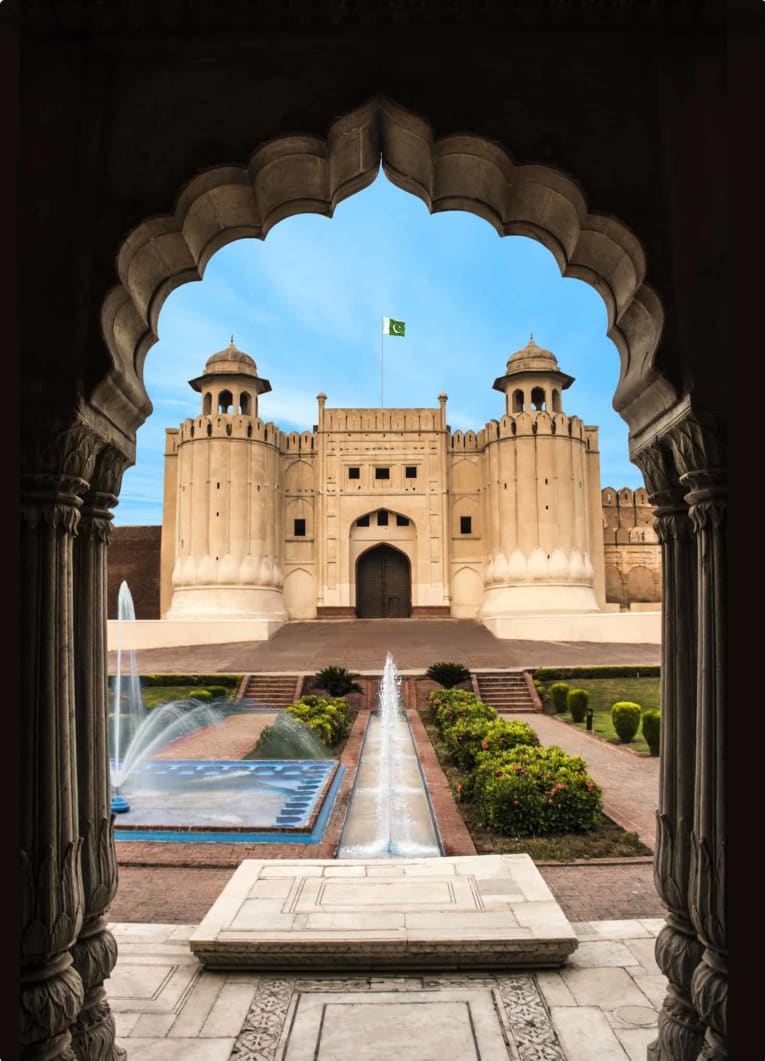
Travellers may also be interested to visit the Shalamar Gardens, also built by Shah Jahan. A UNESCO World Heritage Site, the garden complex covers sixteen hectares and designed as an earthly utopia.
Articles about Pakistan published by Odyssey Traveller.
- History of Pakistan
- The Making of the Mughal Empire
- History of British Rule in India (1750-1820)
- The Clash of the Mughals and the Marathas
- Highlights of Pakistan: Skardu Valley
- Highlights of Pakistan: Wazir Khan Mosque
For all the articles Odyssey Traveller has published for mature aged and senior travellers, click through on this link.
External articles to assist you on your visit to Pakistan.
- Lahore Fort
- Mirror Palace — a story of romance
- The Royal Kitchen of Lahore Fort
- How to Plan Your First Trip to Pakistan (AFAR)
- Pakistan Tourism Development Corporation
- Pakistan Climate (US Library of Congress)
- 10 Famous Places of Skardu That Make It Worth Visiting (Skardu.pk)
- Geography: Mountains of Pakistan (DAWN)
Related Tours
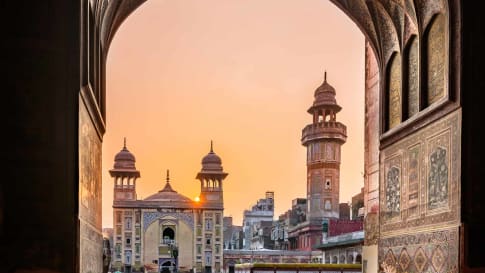
16 days
Mar, OctTour of Pakistan
Visiting Pakistan
This 16-day small group tour for couples and solo travellers explores the long history and colourful culture of Pakistan, and begins in Karachi, Pakistan's largest city, and ends in its vibrant capital, Islamabad, includes Lahore fort and Skardu valley.
From A$9,995 AUD
View Tour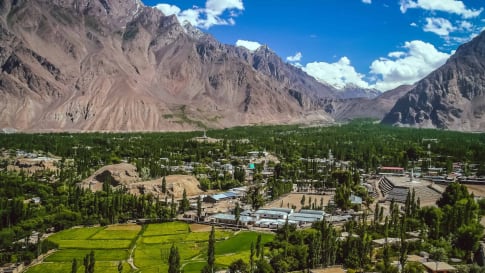
22 days
Mar, Sep, AugTour of Pakistan including Skardu Valley
Visiting Pakistan
This 22-day tour begins much like our 16-day tour of Pakistan, travelling from Karachi to Islamabad with a six-day extension that allows us to further explore the northern parts of the country.
From A$12,995 AUD
View Tour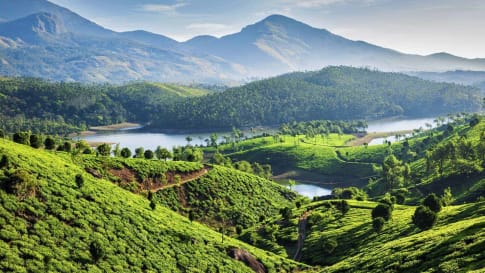
11 days
Nov, Mar, OctIndia Short Tour | Small group tour for seniors
Visiting India
A short small group tour for Mature and seniors couples and solo travellers of India and its icons. Bounded by the majestic Himalayan ranges in the north and edged by an endless stretch of golden beaches. India is a vivid kaleidoscope of landscapes, magnificent historical sites, such as the Taj or red fort royal cities, such Dehli, Jaipur , Agra and Madras colourful people, and rich culture.
From A$9,250 AUD
View Tourdays
NovIndia: Tigers, Forts & Palaces
Visiting India
A tour with Rich history, phenomenal sights, delicious cuisine, exotic wildlife, erotic architecture and rich culture, colors, smiles and above all meeting of hearts.Experience the phenomenal rural Indian sights and colours.

22 days
Nov, MarCultural and History Tour of India | Small Group Tour
Visiting India
Small group tour for mature and senior couples and solo travellers to India. Visiting Delhi and the red fort, Jaipur, Agra and so much more over 22 days explore the world of the Mughal.
From A$12,300 AUD
View Tour